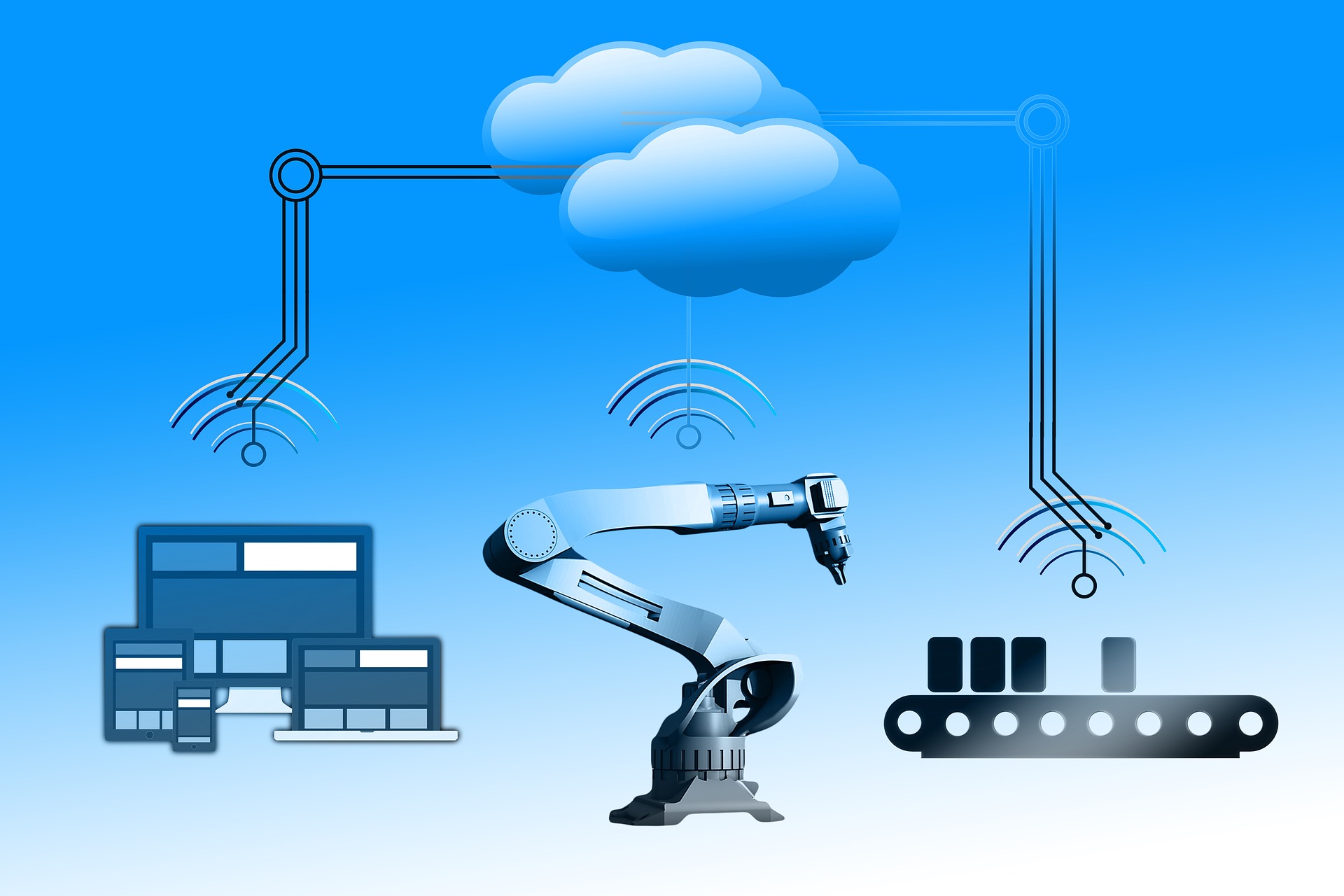Machine maintenance is one of the most important aspects of every industrial business. Until now, industries have adopted two types of maintenance: reactive and preventive. The first one, reactive maintenance, is a reaction to an issue: it is done when a machine breaks down and there could be a production stop. The second type, preventive maintenance, is like car maintenance: it is done at a specific moment and, usually, some components are substituted even if they are still in good condition because the following control won’t be soon.
Thanks to Industry 4.0 technologies, another type of maintenance fits in the industrial world bringing important benefits: predictive maintenance.
What does predictive maintenance mean?
Predictive maintenance uses the most sophisticated technologies, like AI, the Internet of Things, and Machine Learning, to analyze data in real-time and promptly intervene to avoid damages or interruptions during the production process. Thanks to Big Data, it is possible to perform predictive analysis on machinery. Basically, predictive maintenance detects problems before they occur.
Innovative technologies allow companies to perform this type of maintenance also on remote machinery, in poorly accessible or risky areas.
Environment sustainability, safety, and productivity
AI applications maximize productivity thanks to real-time data analysis that allows industries to take the best decisions at the right time. However, the benefits of predictivity aren’t only related to production and the economic impact on a company, but they are also linked to environmental sustainability and workforce security.
Sustainability is today an important part of industrial strategies: thanks to predictive maintenance it is possible to implement significant improvements to reduce the impact on the environment. Extending the average life of machinery with a consequent reduction of obsolete machines and not-recyclable components is possible. By analyzing machines’ performances, it is also possible to estimate the energy consumption and find solutions for energy efficiency, reducing energy needs and CO2 emissions.
Predictive maintenance is the optimal solution to avoid excessive controls and useless interventions (that would mean additional costs and workforces) or on the other hand a lack of maintenance (in this case would also mean expensive interventions and production stops). By using data from sensors on machinery, it is possible to schedule maintenance when it is really necessary.
Predictive maintenance is also fundamental to guarantee more safety for workers because it is possible to predict faults that could be risky for the plant operation.
Predictive maintenance: a technological challenge
Predictive maintenance is strictly linked to adequate technologies, like AI, the Internet of Things, or Machine learning, to collect and process information and support algorithms. The transformation process towards a predictive model includes an innovative vision and a structured roadmap to support the required technological change.
MAS Elettronica helps companies towards this predictive transition thanks to boards with specific functionalities, like MAS Control Box, a board from Modul MAS family dedicated to Smart Energy and IoT applications. Control Box is a smart and low-cost gateway to collect, control, process, and send – with MQTT protocol – information and data that come from other members of the family (Piccola, Smart Sensor, Solar Power Box).
DISCOVER SMART GATEWAY CONTROLLER


